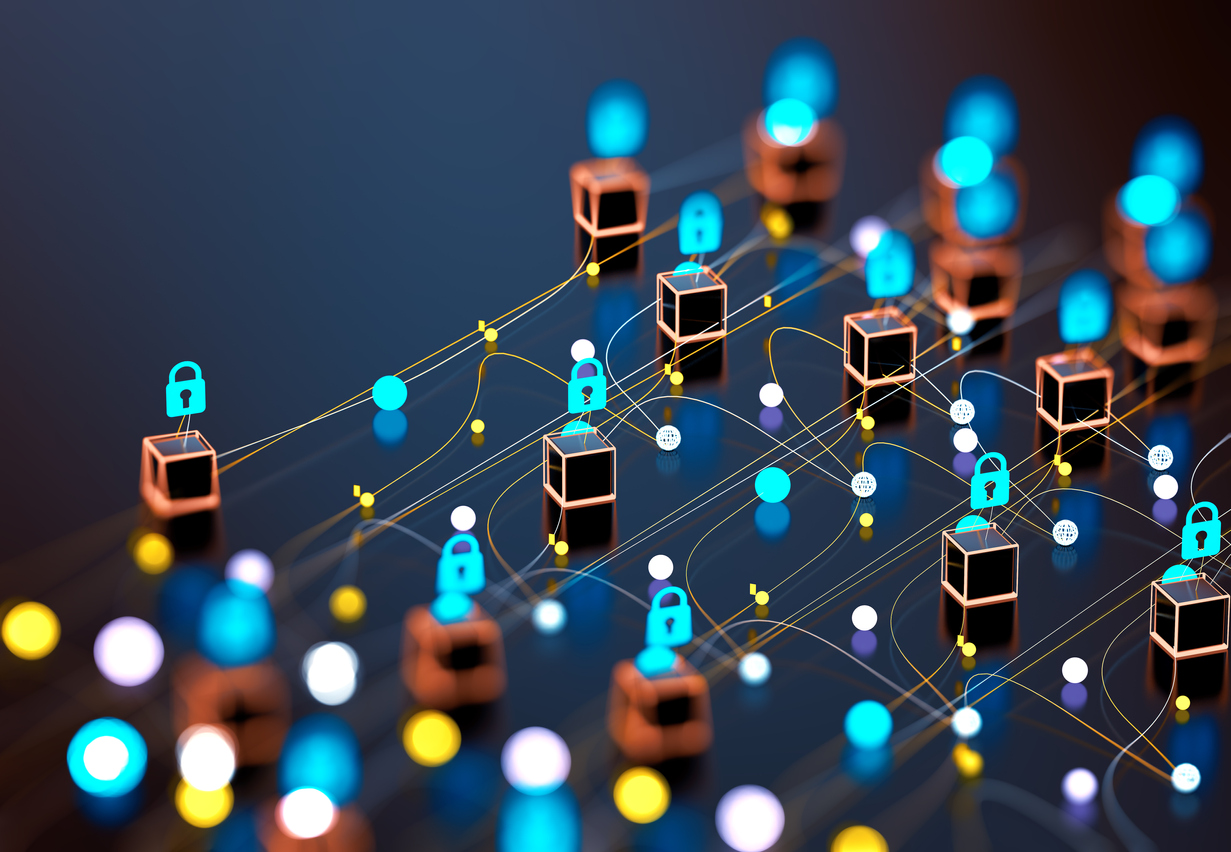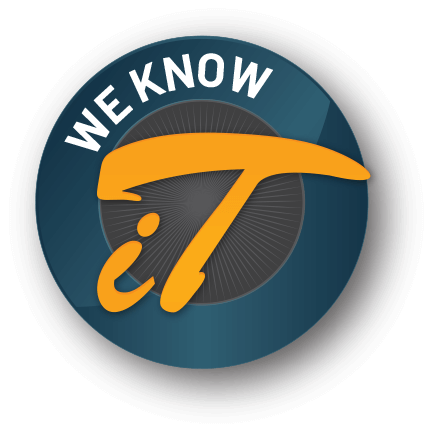End User Management
End user management, also sometimes referred to as end user security, allows your employees to focus on their job responsibilities without introducing your business to security risks. An end user is anyone who uses software and hardware assets in your organization to perform their job duties. Chances are, if your business is like most others, you have quite a few end users in your company. And, effectively managing how they use your business’s devices should be a core element of your cybersecurity strategy.

What End User Devices Does Your Business Have?
When you envision end user devices, desktop computers may be the first thing that comes to mind. Yet, there are likely many other end user devices to consider, including:
- Laptops
- Smartphones
- Tablets
- Business phones
- Printers, scanners, and any other network-connected devices
And, thanks to the Internet of Things (IoT), the network of connected devices is always expanding, with applications evolving to do more than ever. While this can help accelerate business, it also introduces risks as more end users utilize more network-connected devices to fulfill their daily responsibilities.
Why End User Management Is So Important
It’s a tough fact to face, but the unfortunate reality is that a good portion of cybercrime comes from internal sources. Certainly, these events aren’t always a result of malicious intent; in many cases, they’re entirely accidental. For example, employees may mistakenly download malware because the right protocols aren’t in place to stop them. With end user management, we put a stop to these issues before they even have a chance to occur.


Our tools include:
Some experts would argue that end users are among the biggest vulnerabilities in any business when it comes to cyber threats. This is likely the case for many companies, as cybercriminals often aim to exploit end users’ lack of understanding around threats and the measures that can be used to prevent them.
Moreover, businesses tend to rely on their end users to ensure cybersecurity more than they might think. Oftentimes, we assume that our employees know what a phishing scam or malware attack might look like, but the signs aren’t always so obvious. While these assumptions can be dangerous in any organization, they’re especially dangerous in certain industries. Companies that handle financial transactions or oversee personal data, such as banking and healthcare, are particularly at risk.
External attacks can come in many forms. Two of the main cyberattacks to watch for include:
- Malware:
In these attacks, malicious software (“malware”) invades the network through a vulnerability, such as a downloaded email attachment or a dangerous link. There are several potential malware viruses that can affect networks, including spyware, worms, adware, and trojans, among others. One particularly catastrophic form of malware is ransomware, in which the cybercriminals block access to the network or hold data ransom until a certain fee is paid.
- Phishing:
Among the most common cyberattacks across the globe, phishing scams use bogus email addresses, social media accounts, or other fake credentials to impersonate others. They’ll send a link or attachment and ask the user to open it, upon which malware is then installed. Or, they may use the fake message to gain access to sensitive data.
Unfortunately, these aren’t the only types of cybercrime to watch for. Businesses can fall victim to any number of attacks, and there are dozens more to consider, including password attacks, SQL injections, and denial-of-service attacks.
Another unfortunate reality businesses must face is that the fact that attacks can also result from insiders’ behaviors. From disgruntled employees to associates who accidentally misplace their devices, end users themselves can also introduce risks.
Fortunately, companies can stop both external and internal threats through the comprehensive end user management.
What Does End User Management Entail?
With so many threats to consider, only the most robust end user management strategy can provide the level of protection businesses need to safeguard their network. Yet, end user management is not a one-and-done activity. Instead, it encompasses the ongoing efforts to protect your business’s network and sensitive data. It involves several different strategies, including managing user accounts, installing and updating operating systems and patches for applications, and making sure all security features are up-to-date.
While end user management is an essential aspect of keeping any business safe, it can be overwhelming for small to midsize businesses (SMBs) to carry out on their own. For this reason, many SMBs turn to the experts — like IT ArchiTeks — to oversee end user management on their behalf.


To ensure your end user management offers the fullest level of protection for your business, we offer the following services, developed with cybersecurity in mind:
- Role-based access policies and procedures
- High security password management and multi-factor authentication
- Email filtering, encryption, and archiving
- Data access management and tracking
- Laptop, desktop, and supported device data encryption
- End user security training
- Suggested systems, network, application, and data access policies, integrated with your employee handbook
As you can see, end user management can be a complex undertaking, and it’s one that demands ongoing attention. To address your business’s vulnerabilities with solutions that keep your network protected against all cybercrime threats, turn to IT ArchiTeks. We offer end user management as an integral component of our full suite of cybersecurity services. To discuss your business’s needs and find out more about our targeted solutions, contact us here.



